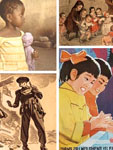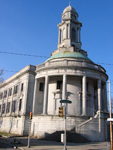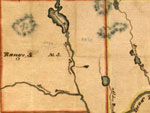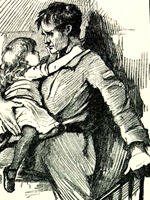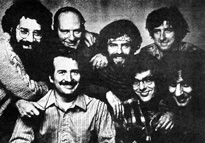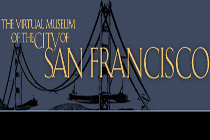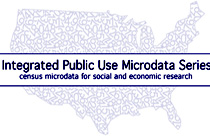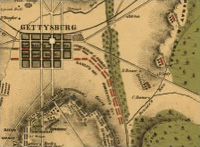William Steinway Diary, 1861-1896
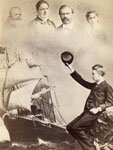
Who is William Steinway, and what makes his diary so noteworthy? From some perspectives, Steinway is a perfectly average person, giving readers a view into daily life in the 1800s. However, he also happened to be a partner in the newly formed (and later famed) family business Steinway and Sons, a name likely familiar to readers who have played the piano. Another point in the favor of the importance of the diary is that its 2,500 pages begin just eight days after the beginning of the Civil War and three days before William's wedding—a time of personal and national change. While William was not a soldier, his younger brother Albert was, giving the diary a perspective on both home and military life in the Civil War. The diary continues until November 8, 1896, within a month of William's death.
The website offers a digitized and fully transcribed version of William's diary. For any page, you can view both the original and the transcribed text. It's also possible to enter any date of your choosing, and go straight to that page. Users can also find a family tree with short biographies of William and Albert Steinway, as well as William's first wife Elizabeth Roos Steinway; more than 50 photos of the family, useful for putting faces to William's story; and Resources such as scholarly articles on the piano industry of the day and lists of abbreviations and German words and phrases found within the diary.
Eventually, users will be able to search the diary by topic as well.
![Photo, [Mary A. Shanley, New York City detective - pickpockets' captor fears that she might look tough], 1937, Library of Congress Photo, [Mary A. Shanley, New York City detective. . . ], 1937, LoC](/sites/default/files/website_image/hsi150x113.jpg)
